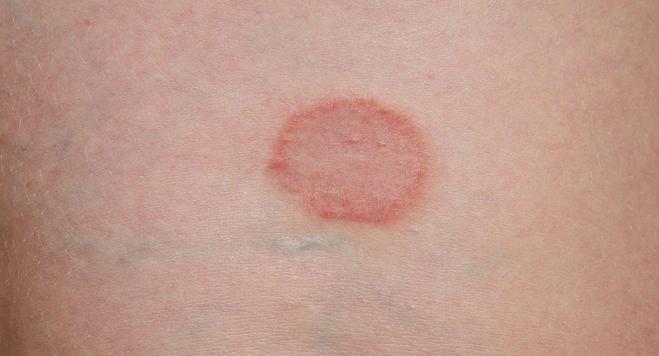Ringworm Symptoms, Causes, Diagnosis and Treatment

What Is Ringworm?
Ringworm, which is also termed as Dermatophytosis, is a fungal skin infection. Ringworm is a misleading term; actually the infection isn’t caused by any worm, but it occurred due to presence of a fungus. This infection can affect both animals and humans. The fungi which can cause ring worm are usually present in the soil. Initially, the infection itself presents with red spots on the affected skin areas and later spreads to other body parts. The infection may affect the skin of the feet, scalp, beard, groin, or other affected regions.
What Are The Symptoms Of Ringworm?
It contains following symptoms:
- Brittle, Dry hair or loss of hair in patches
- Intense itching
- Red-ringed small blisters patches or scaly skin
- Severe cases of itching is present sometimes
Always remember to consult your doctor or nurse if you see any red patches skin infection, severe scalp or skin itching, hair loss or scaly rash.
What Are The Causes Of Ringworm?
Several types of fungi are the causes of this infection, such as: microsporum, trichophyton, and epidermophyton. There is a possibility that these fungi may grow for an extended time period as spores in soil. Animals and Humans can attain ringworm after contact with the soil containing this fungus. Furthermore, the infection can spread after contact with the infected humans or animals. Commonly, the infection is spread among children and by sharing not cleaned items.
How Ringworm Is Diagnosed?
The doctor will identify the presence of ringworm by investigating your skin and might utilizing a black light to observe your affected area skin. The fungus will shine under black light. If the person is infected, the skin area will glow where the fungus is present. The doctor can also diagnose this infection.
Moreover, the physician may confirm an assumed ringworm diagnosis by conduction some of the below mentioned tests:
- Biopsy of skin: in this test, the doctor will collect your skin sample or blister discharge and for further detection, he will send it to a lab to conform fungus presence.
- KOH examination: The doctor will take away a small infected skin area and keep it with the KOH (potassium hydroxide). The potassium hydroxide will destroy the normal skin cells thus highlighting the fungal cells. It will further become easy to diagnose Ringworm.
How Is Ringworm Treatment?
Drugs therapy:
The physician may suggest several medications but it depends on the ringworm infection severity. Most commonly used medicated cream to treat such infection is Ketoconazole. As well, OTC medications and several medicated skin creams may be recommended. OTC products consist of miconazole, clotrimazole, or certain related ingredients.
Home Care
Along with the medication therapy and OTC drugs, the doctor may suggest you to done home care for your infection by working some of the behaviors, consisting:
- Avoid clothing which can irritate the infected skin part.
- Washing clothes and bedding regularly during infection.
- Skin regime regularly.
Related Articles :
Mastitis Symptoms, Causes, Diagnosis and Treatment
Syphilis Symptoms, Causes, Diagnosis and Treatment
Rosacea Symptoms, Causes, Diagnosis and Treatment
Perioral Dermatitis Symptoms, Causes, Diagnosis and Treatment
Dermatitis Herpetiformis Symptoms, Causes, Diagnosis and Treatment
Chancroid Symptoms, Causes, Diagnosis and Treatment
Bullous Pemphigoid Symptoms, Causes, Diagnosis and Treatment
Mammary Duct Ectasia Symptoms, Causes, Diagnosis and Treatment
Lupus Symptoms, Causes, Diagnosis and Treatment
Lichen Sclerosus Symptoms, Causes, Diagnosis and Treatment
Lichen Nitidus Symptoms, Causes, Diagnosis and Treatment
Leprosy Symptoms, Causes, Diagnosis and Treatment
Latex Allergy Symptoms, Causes, Diagnosis and Treatment
Jock Itch Symptoms, Causes, Diagnosis and Treatment
Roseola Symptoms, Causes, Diagnosis and Treatment
By : Natural Health News




